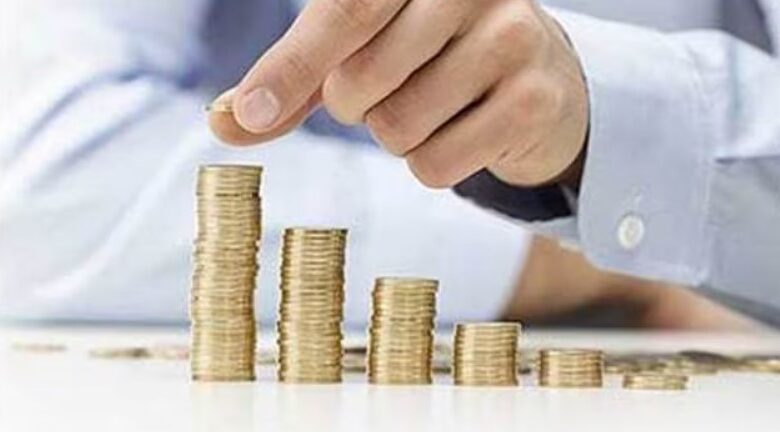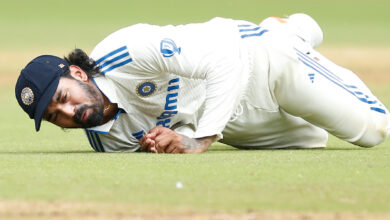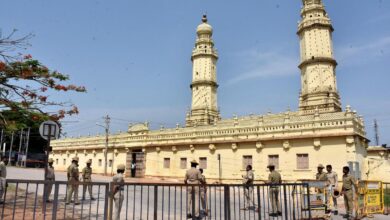How President Dissanayake can steer Sri Lanka to economic prosperity

Anura Kumara Dissanayake, who became the new President of Sri Lanka on September 23, 2024, is off to an encouraging start. True to his election promises, this week, he will initiate talks with the International Monetary Fund’s team visiting Colombo, to discuss the disbursement of funds and further debt relief.
This is what his voters have sought from him: The easing of Sri Lanka’s economic fragility, which the country has long awaited. The recent election was significant because it was the first held after mass public protests overthrew the then-president Gotabaya Rajapaksa in July 2022. The public held him responsible for Sri Lanka defaulting on its sovereign debt in April 2022 and for the devastating economic crisis. It was a public loss of face for a country that Singapore once viewed as its role model. Dissanayake won a free election with a 75 per cent voter turnout, underlining the country’s reputation as one of Asia’s oldest and most vibrant multi-party democracies.
It is a remarkable victory for a political outsider. Dissanayake, a former agriculture minister and long-standing Member of Parliament, is the leader of the Marxist Janatha Vimukthi Peramuna (JVP), which conducted two armed, unsuccessful uprisings against the Sri Lankan state in 1971 and 1988-89. Dissanayake overcame voter apprehensions through his charismatic personality and by repositioning the JVP and his electoral alliance of the National People’s Power (NPP) as a soft-Left party capable of democratic government. Support may also have come from a young generation which voted for the NPP, but who were not born when the JVP uprisings happened.
Its manifesto “A Thriving Nation, A Beautiful Life, August 2024” advocated pro-poor welfare policies, robust anti-corruption and good governance, and a production-oriented, small business economy that caught voters’ attention who earnestly desired systemic change since the economic crisis.
President Dissanayake’s challenges
This is both good news and some bad news. The good news for President Dissanayake is that he is inheriting a stabilising economy from his predecessor Ranil Wickremesinghe, an experienced centre-right politician representing the political status quo. The long queues for fuel and essentials seen during the crisis have disappeared. Consumer inflation is in single digits compared to a peak of 70 per cent in August-September 2022. The Central Bank of Sri Lanka is projecting 4 per cent growth in 2024 compared to a negative -7.8 per cent contraction two years ago. Usable foreign reserves are up to $4.6 billion compared to a low of $25 million in April 2022.

The turnaround is linked to a mix of decisive stabilisation measures, domestic and international, by Wickremesinghe’s administration. Domestically, these were hiking interest rates to control inflation, removing fuel subsidies, raising taxes and passing a law to improve the independence of the Central Bank of Sri Lanka. Internationally, there was $4 billion of Indian aid, followed by a tough $3 billion IMF Enhanced Fund Facility (EFF) emphasising revenue-based fiscal consolidation and governance reforms, and $5 billion financing from various multilateral development banks. With this record, Wickremesinghe should have been a shoo-in to win the election. But the 2024 presidential election was an exception, with people quickly readjusting to the stability but seeking change to revert to a higher standard of living. Wickremesinghe implemented the necessary austerity measures and paid a heavy price at the ballot box.
The bad news is that Sri Lanka still faces triple economic challenges related to the crisis. One, Sri Lanka’s previous poverty reduction gains over past decades have been reversed, because of growth going backwards, job losses and a cost-of-living crisis. The percentage of people living beneath the $3.65-a-day poverty line has doubled to 25 per cent during the last two years. Child malnutrition increased as many families switched to less healthy diets.
Second, is looming debt repayments. Official bilateral creditors agreed to a debt restructuring deal earlier this year, and with private creditors on September 19. Based on the agreement with official creditors — including Chinese banks — and the framework agreement reached with private creditors, in 2028 Sri Lanka needs to be able to a) service all its external debt and b) meet its import requirements.
Third, although economic growth is up, it remains below par. Sri Lanka needs export and tourism-led growth of 5-6 per cent per annum over the next several years to reduce poverty and earn foreign exchange for debt repayments.
Suggestions for Dissanayake
The NPP says it will work with the IMF’s EFF framework but renegotiate some of the austerity measures. This may have resonated on the campaign trail, but carries some economic risk. The key structural benchmarks under the IMF EFF are fixed, for example, the primary surplus requirement of 2.3 per cent of GDP, the Central Bank Act which gives it independence, and the debt sustainability (DSA) parameters. Prolonged negotiations with the IMF may result in the interruption of the IMF programme and all external financing to Sri Lanka drying up. The IMF programme gives Sri Lanka financial credibility and cushion; without it, others will not provide external financing, as happened in 2021-22. An additional, present worry is that Sri Lanka barely has 2-3 months of import cover in terms of foreign reserves to finance essential imports of fuel, food and medicines. Leaving the IMF programme means extreme hardship for the people.
A pragmatic approach for the new president, without compromising on his promises, will be to continue with elements of the current economic stabilisation programme and add structural reforms for long-term growth while tackling poverty and corruption. A recent book, Sri Lanka: from Debt Default to Transformative Growth (co-edited by this writer), offers 27 proposals by leading Sri Lankan and international experts to support the economic transition. Broadly, it suggests building cross-party consensus on economic direction to ensure policy consistency and foster investor confidence, making the IMF one of several sources of financing for Sri Lanka. It also recommends proactive debt management and strengthened legal frameworks, independence of the Central Bank, transparent budgeting, spending controls and better tax administration that will fulfil local and foreign funding goals. Domestically, streamlining business regulations is a must to help MSMEs to recover and thrive. Simultaneously, Colombo can prioritise targeted social protection, safety nets and food security for inclusive growth. Finally, the new government can promote trade by seeking new regional supply chains, and facilitating free trade agreements.
Dissanayake has a historic opportunity to bring Sri Lanka out of the crisis, and enable a compassionate and efficient transformation of the country. His administration should be given time and the benefit of the doubt to implement its programme. Some wins will have to be visible before the Parliamentary elections on November 14: Mitigate immediate uncertainty and reassure Sri Lanka’s creditors that the new NPP administration can build on the post July 2022 macroeconomic policy framework. A good sign: Dissanayake has retained the permanent secretaries of finance and foreign affairs of the previous administration, indicating confidence in the process. Their talent will be made visible at the early IMF meeting this week.
India’s role
The election and peaceful power handover in Sri Lanka is a much-needed signal in South Asia, where the violent August ouster of Bangladesh’s previous administration caused regional worry. India has already reached out to Dissanayake, and assured him of its commitment as the first port of recourse for its southern neighbour. The new leader knows that India’s strategic interests are non-negotiable. Sri Lanka’s geographic positioning too is unchangeable, but its economic positioning is inching toward positive change. In this, Sri Lanka’s development partners, including India and China, should stand ready to help the new administration.
The writer is Professorial Fellow in Economics and Trade, Gateway House







